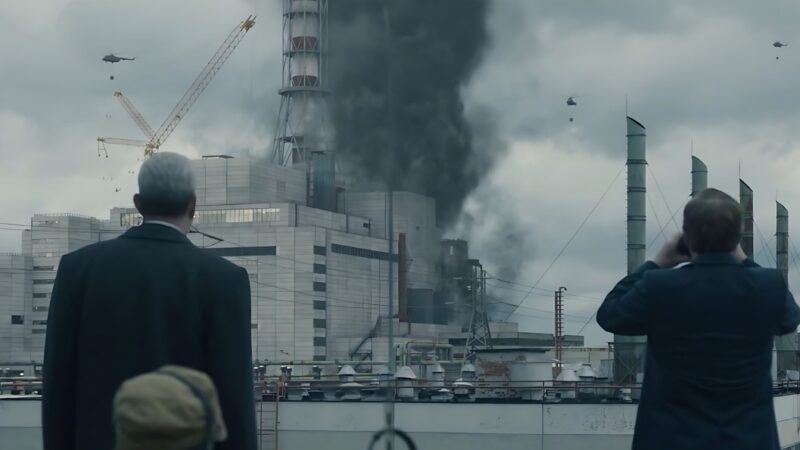The HBO miniseries “Chernobyl” has captivated audiences worldwide, not only because of its harrowing depiction of one of the worst nuclear disasters in history but also due to its incredibly authentic atmosphere and setting.
This realism is largely attributed to the meticulous selection of filming locations, which played a crucial role in bringing the story to life. In this article, we will embark on an in-depth exploration of the various locations where “Chernobyl” was filmed, uncovering the reasons behind each choice and the challenges faced during production.
Ignalina Nuclear Power Plant
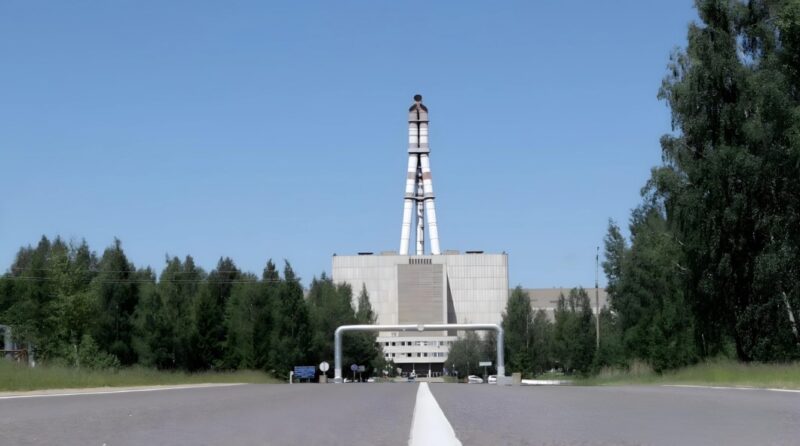
One of the most significant filming locations for “Chernobyl” was the Ignalina Nuclear Power Plant in Lithuania. This choice was not coincidental; Ignalina is often referred to as a sister plant to the Chernobyl Nuclear Power Plant due to its similar RBMK reactor design. The series creators sought a location that would closely resemble the Chernobyl plant, both structurally and aesthetically. Ignalina, which was decommissioned in 2009, presented the perfect backdrop, offering an authentic Soviet-era nuclear setting.
Filming at Ignalina was not without its challenges. The production team had to ensure the utmost safety and compliance with nuclear regulations. They had to work around the decommissioning process, which posed logistical challenges. Despite these hurdles, the use of Ignalina significantly enhanced the realism of the series, providing viewers with an accurate portrayal of a Soviet nuclear facility.
The Abandoned City
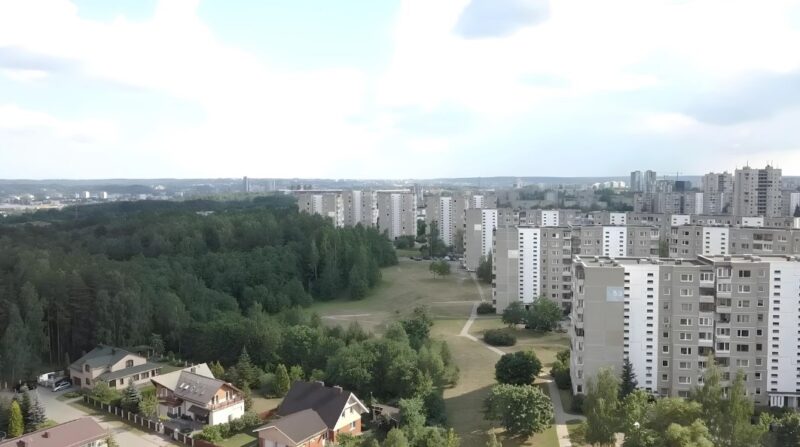
Pripyat, the city that was home to the Chernobyl plant workers and their families, was another critical setting in the series. To recreate Pripyat, the production team selected several locations in Lithuania, including the town of Visaginas, which was originally built to house workers of the Ignalina plant. Visaginas provided the quintessential Soviet urban landscape, with its block-style apartment buildings and public spaces, mirroring the architectural style of Pripyat.
Moreover, the series also utilized the KGB headquarters in Vilnius, Lithuania, to film several interior shots. These locations were dressed to mirror the Soviet-era décor, with careful attention to detail in terms of props, signage, and even the paint on the walls. This meticulous recreation of Pripyat was pivotal in immersing the audience in the environment of the 1980s Soviet Union.
A Soviet Time Capsule
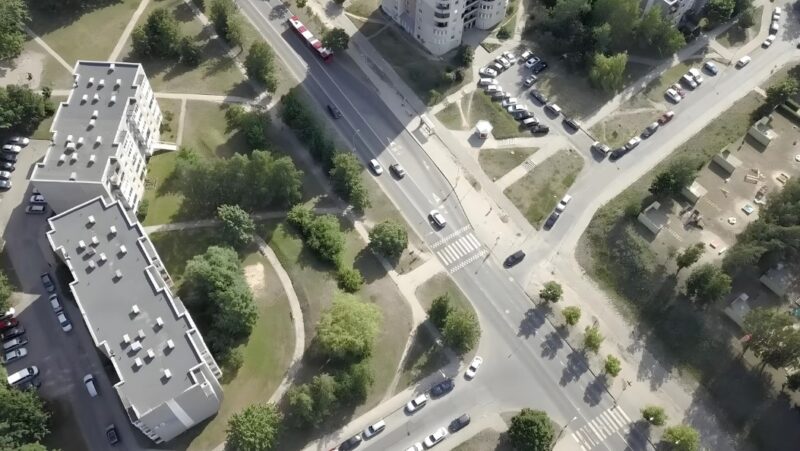
A notable mention in the list of filming locations is the district of Fabijoniškės in Vilnius, Lithuania. This residential area, largely untouched since its construction in the Soviet era, served as another stand-in for the streets of Pripyat. The choice of Fabijoniškės was strategic, as its architectural style closely resembled that of Pripyat, with similar-looking housing blocks and public buildings. This similarity allowed the filmmakers to transform the area into a convincing replica of Pripyat, with minimal alterations needed.
Filming in Fabijoniškės posed its own set of challenges, primarily involving the logistics of shooting in a residential area. The production team had to negotiate with local authorities and residents to ensure minimal disruption while maintaining the authenticity of the setting. This effort was crucial in portraying the evacuation scenes and the subsequent desolation of Pripyat.
A Symbol of Soviet Secrecy
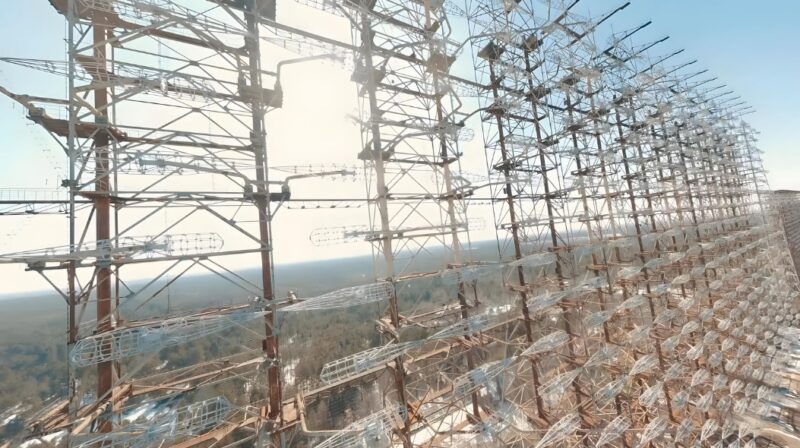
An intriguing and lesser-known filming location for “Chernobyl” is the Duga radar system near Chernobyl. This massive antenna system, once a top-secret Soviet project, is featured in the series as a symbol of the secrecy and military might of the Soviet Union. The Duga radar, located in the Chernobyl Exclusion Zone, added a layer of authenticity and historical accuracy to the series.
Filming at the actual Duga radar was a complex operation, requiring special permissions due to its location within the exclusion zone. The production team had to adhere to strict safety protocols while capturing the imposing structure of the radar. The inclusion of the Duga radar in the series not only provided historical context but also contributed to the eerie atmosphere of the show.
Honoring the Real Location
Although the majority of “Chernobyl” was filmed in Lithuania, the series did not entirely bypass Ukraine, the country where the actual disaster occurred. Some sequences were filmed in Kyiv, Ukraine’s capital, to capture the authentic Ukrainian atmosphere. The production team was keen on incorporating the real location into the series, albeit in a limited capacity, to pay homage to the site of the tragedy.
Filming in Ukraine brought its own set of challenges, particularly in terms of logistics and navigating the local filming regulations. However, these efforts were crucial in adding another layer of authenticity to the series, providing a tangible connection to the real events and locations of the Chernobyl disaster.
FAQs
Were any scenes of “Chernobyl” actually filmed in the city of Chernobyl or within the Chernobyl Exclusion Zone?
No, the production did not film any scenes directly in the city of Chernobyl or within the Chernobyl Exclusion Zone. Due to safety concerns and logistical challenges, the production team opted for locations in Lithuania and Ukraine that closely resembled the affected areas.
How did the production team ensure the safety of the cast and crew while filming near nuclear facilities or sites with a radioactive history?
The safety of the cast and crew was paramount during the production of “Chernobyl.” When filming near decommissioned nuclear facilities like the Ignalina Nuclear Power Plant, the team worked closely with nuclear safety experts to adhere to strict safety protocols. Regular radiation checks and safety briefings were part of the routine, ensuring that everyone was kept safe and informed.
Did the production of “Chernobyl” contribute to the local economies of the filming locations?
Yes, the production of “Chernobyl” significantly contributed to the local economies of the filming locations. The presence of the production team provided a boost to local businesses, including hospitality, catering, and construction services. Additionally, hiring local extras and crew members also provided economic benefits to the communities.
Were there any challenges in sourcing period-appropriate props and costumes for the series?
Sourcing period-appropriate props and costumes was indeed a challenge, as the series required items that were specific to the Soviet Union in the 1980s. The production team went to great lengths to acquire authentic props, often sourcing them from various parts of Eastern Europe. They also worked with historians and experts to ensure the accuracy of the costumes and set designs.
How did the residents of the filming locations react to their neighborhoods being transformed into 1980s Soviet Union settings?
The residents of the filming locations generally reacted with curiosity and interest. For many, it was fascinating to see their neighborhoods transformed into historical settings. However, the production team also faced the challenge of minimizing disruption to the residents’ daily lives, which they managed through careful planning and open communication with the local communities.
Has the success of “Chernobyl” led to an increase in tourism to the actual locations depicted in the series?
Yes, the success of “Chernobyl” has sparked increased tourism interest in the actual locations depicted in the series, especially in the Chernobyl Exclusion Zone in Ukraine. Tour operators have reported a surge in bookings for tours of the area, reflecting the series’ impact on public interest in the history of the Chernobyl disaster.
Final Words
The filming locations of HBO’s “Chernobyl” played a fundamental role in the series’ success. The choice of locations like the Ignalina Nuclear Power Plant, the towns of Visaginas and Fabijoniškės, and the Duga radar, combined with strategic filming in Ukraine, created an immersive and authentic portrayal of the events surrounding the Chernobyl disaster. These locations, each with their unique challenges and contributions, enabled the filmmakers to tell a story that was not only visually compelling but also historically and culturally accurate.
The series’ commitment to authenticity in its choice of filming locations reflects a larger trend in the film and television industry towards more realistic and respectful storytelling, especially when dealing with historical events. “Chernobyl” stands as a testament to the power of location in filmmaking, proving that the right setting can profoundly impact the narrative and the audience’s experience.
